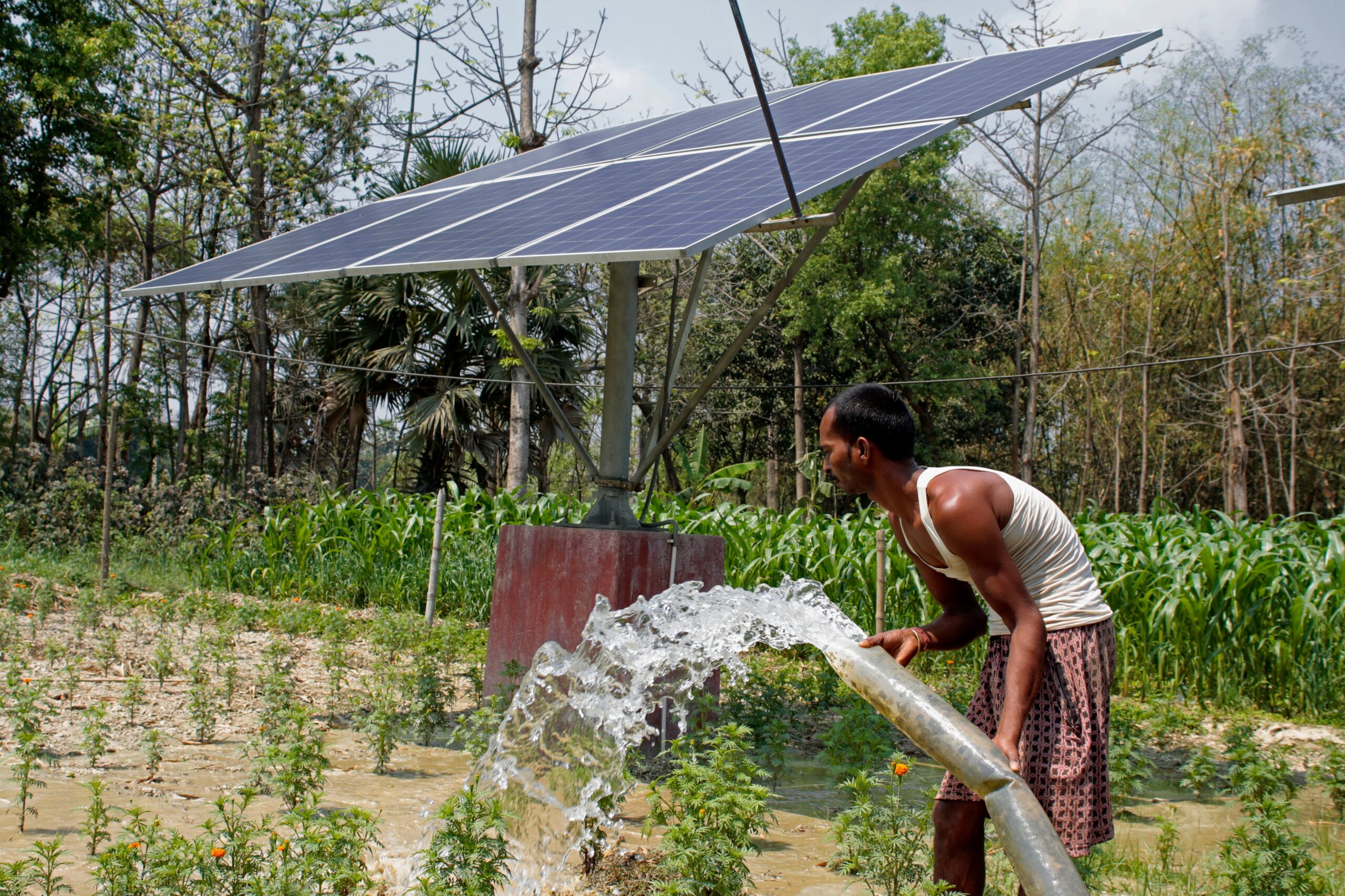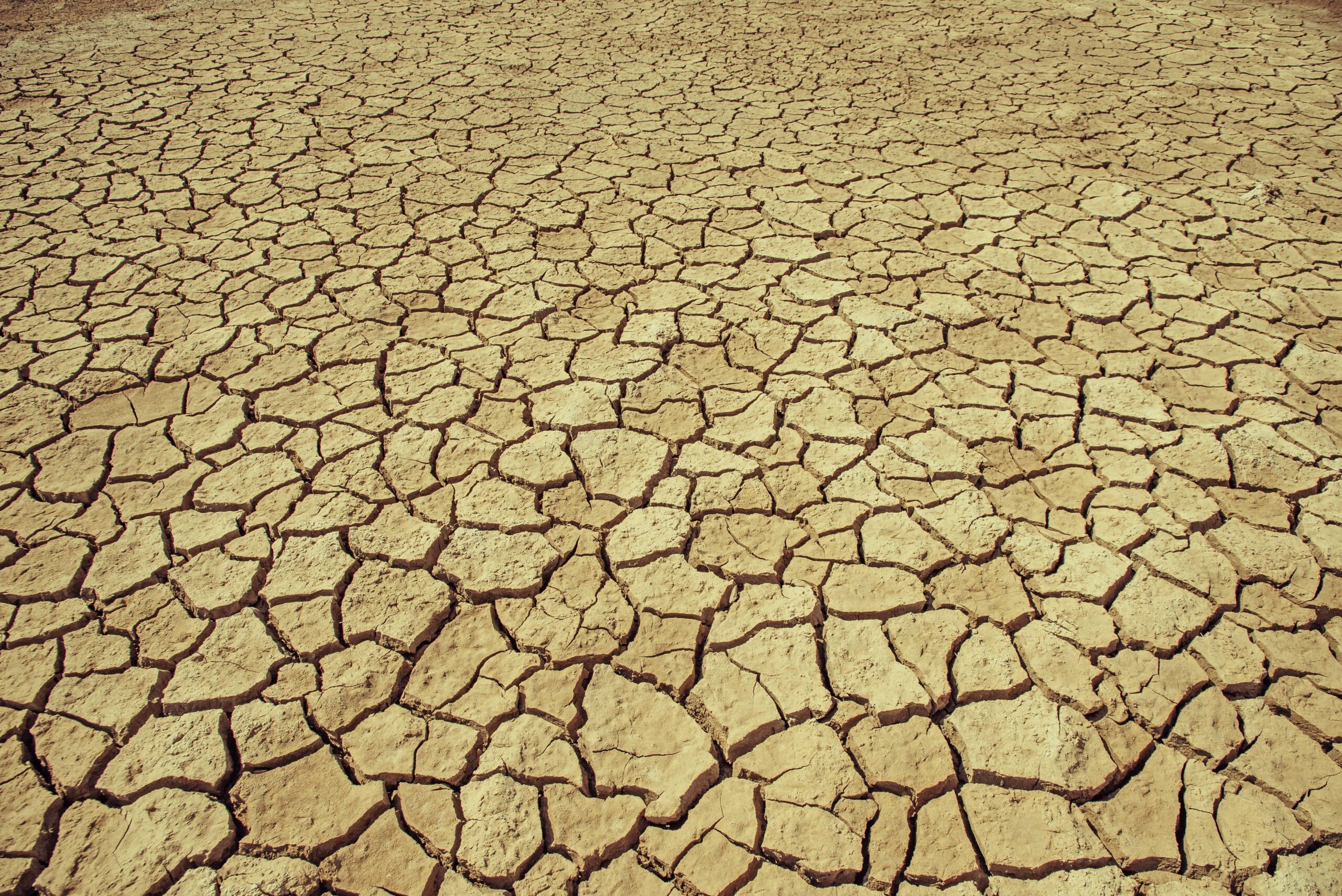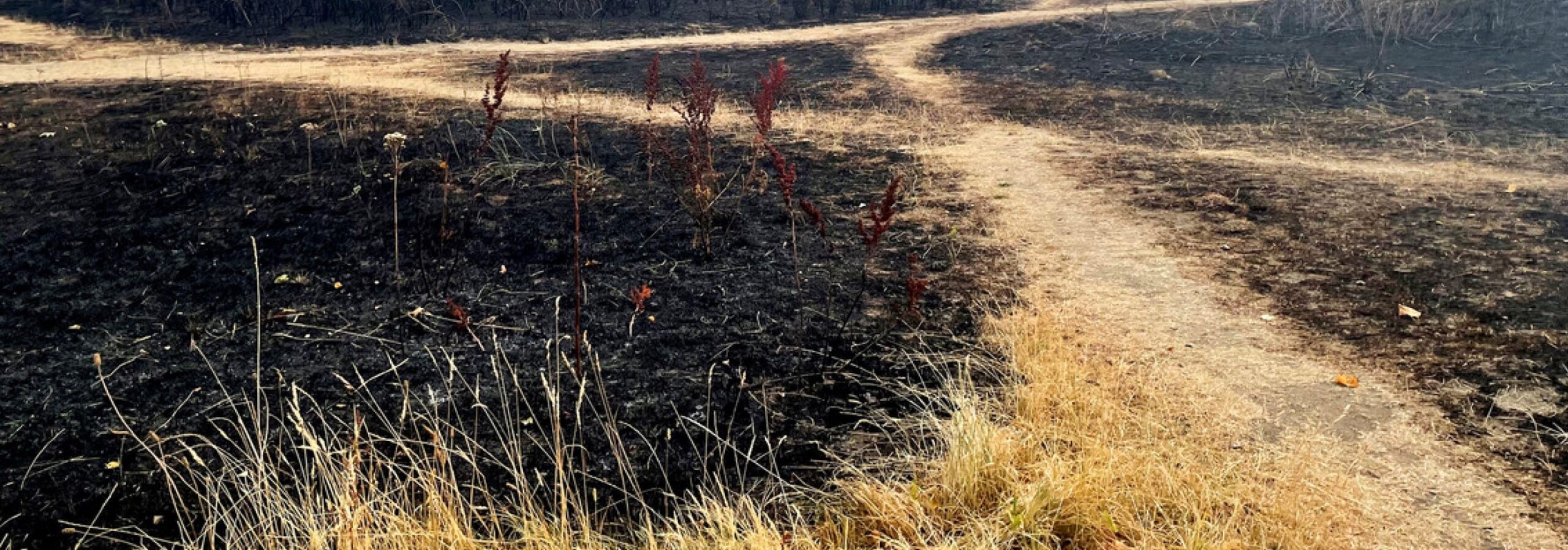This historic accord set a global goal of “holding the increase in the global average temperature to well below 2°C above pre-industrial levels and pursuing efforts to limit the temperature increase to 1.5°C above pre-industrial levels, recognizing that this would significantly reduce the risks and impacts of climate change”. Unlike its predecessor, the Kyoto Protocol, the Paris Agreement was ratified by nearly every country in the world, including the largest past and present emitters, establishing a legally binding framework to protect people and ecosystems from the dangers of unmitigated climate change.
In the Paris Agreement, countries are allowed to determine for themselves how much they will reduce their emissions, through what are known as Nationally Determined Contributions (NDCs), and to develop their adaptation plans. Most countries have submitted and updated their NDCs over time, and some emission reductions have been achieved; however, a significant gap remains between current pledges and the emissions cuts required to limit global temperature rise to 1.5°C this century. Moreover, many countries are not on track to meet even their current pledges.
In this report, we analyse heat conditions across past and future warming scenarios to show why the Paris goal of 1.5°C is crucial — and why aiming for the highest possible ambition in the upcoming NDCs, to be discussed at COP30 in Brazil in November, is essential for every country to achieve what the Paris Agreement set out in its preamble: “…taking action to address climate change, respect, promote and consider their respective obligations on human rights, the right to health, the rights of indigenous peoples, local communities, migrants, children, persons with disabilities and people in vulnerable situations and the right to development, as well as gender equality, empowerment of women and intergenerational equity”.
Key findings
● The Paris Agreement provides an important legal and political framework
toward a safer and fairer world. Projected warming this century has dropped
from about 4°C in 2015 to 2.6°C today — if current emissions reduction pledges are fully implemented.
● However, 2.6°C of warming would still lead to a dangerously hot planet. Every fraction of a degree of warming results in more frequent and intense heat. The world now experiences an average of 11 more hot days per year with the additional 0.3°C of warming since 2015. In a 2.6°C world, that increases to 57 extra hot days per year compared to now; at 4°C, that rises to an additional 114 hot days per year.
● Case studies in this report confirm that extreme heat waves have already
become more likely since 2015. Three of the six events studied would have
been nearly impossible without climate change, and two of those are now
about 10 times more likely to occur in 2025 than in 2015.
● Since 2015, heat early warning systems and action plans have expanded
worldwide, but progress is insufficient and is slowed by limited financing for heat adaptation at the local level.
● The costs of inaction on extreme heat are rising faster than adaptation. Health, labor, and infrastructure are under strain, adaptation finance is insufficient, and the most vulnerable risk being left behind unprepared.
● The expected warming this century is still far above the Paris goals of keeping warming to 1.5°C and well below 2°C. The highest possible ambition as set out in the Paris Agreement to achieve deep, rapid, and sustained emissions reductions is urgently needed.





